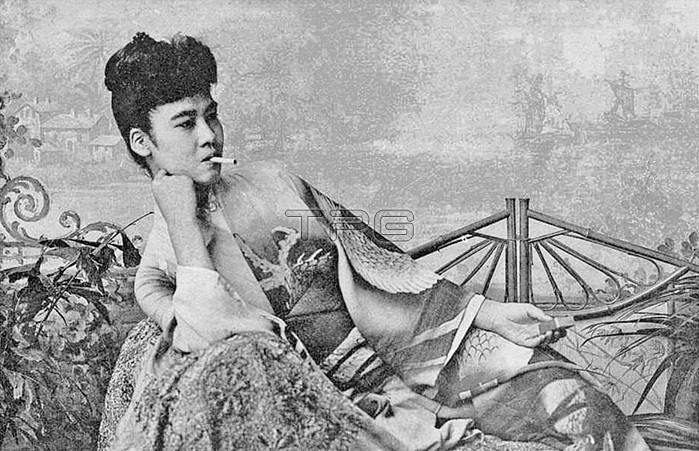
Japanese prostitutes were commonplace across Southeast Asia at this time, some working as spies for the Japanese Imperial authorities. From 1895 to 1918, Japanese authorities turned a blind eye to the emigration of Japanese women to work in brothels in Southeast Asia. According to the Japanese consul in Singapore, almost all of the 450 to 600 Japanese residents of Singapore in 1895 were prostitutes and their pimps, or concubines; fewer than 20 were engaged in 'respectable trades'. Prostitutes - known locally as 'karayuki' - were the vanguard of what has been described as describes as a 'karayuki-led economic advance into Southeast Asia.' It was specifically seen by the authorities as a way to develop a Japanese economic base in the region; profits extracted from the prostitution trade were used to accumulate capital and diversify Japanese economic interests. The prostitutes, known as karayuki-san or 'Miss Gone-Abroad', served as both creditors and customers to other Japanese: they loaned out their earnings to other Japanese residents trying to start businesses, and patronised Japanese tailors, doctors, and grocery stores. In 1918, after World War I, the custom began to decline.
| px | px | dpi | = | cm | x | cm | = | MB |
Details
Creative#:
TOP27041089
Source:
達志影像
Authorization Type:
RM
Release Information:
須由TPG 完整授權
Model Release:
No
Property Release:
No
Right to Privacy:
No
Same folder images:

 Loading
Loading